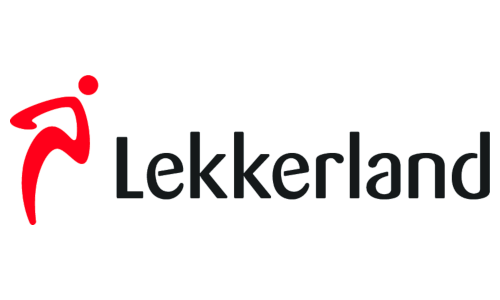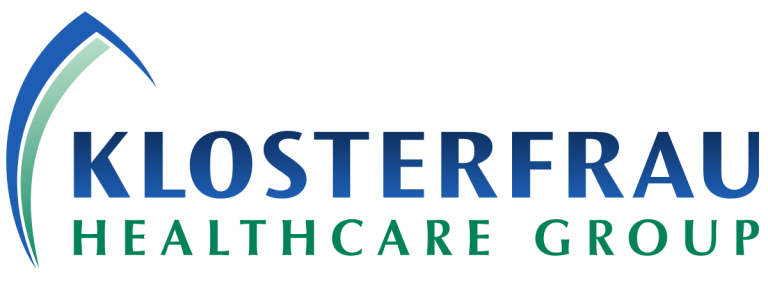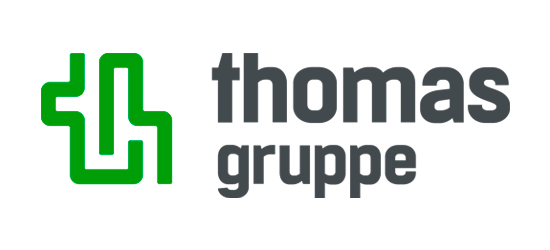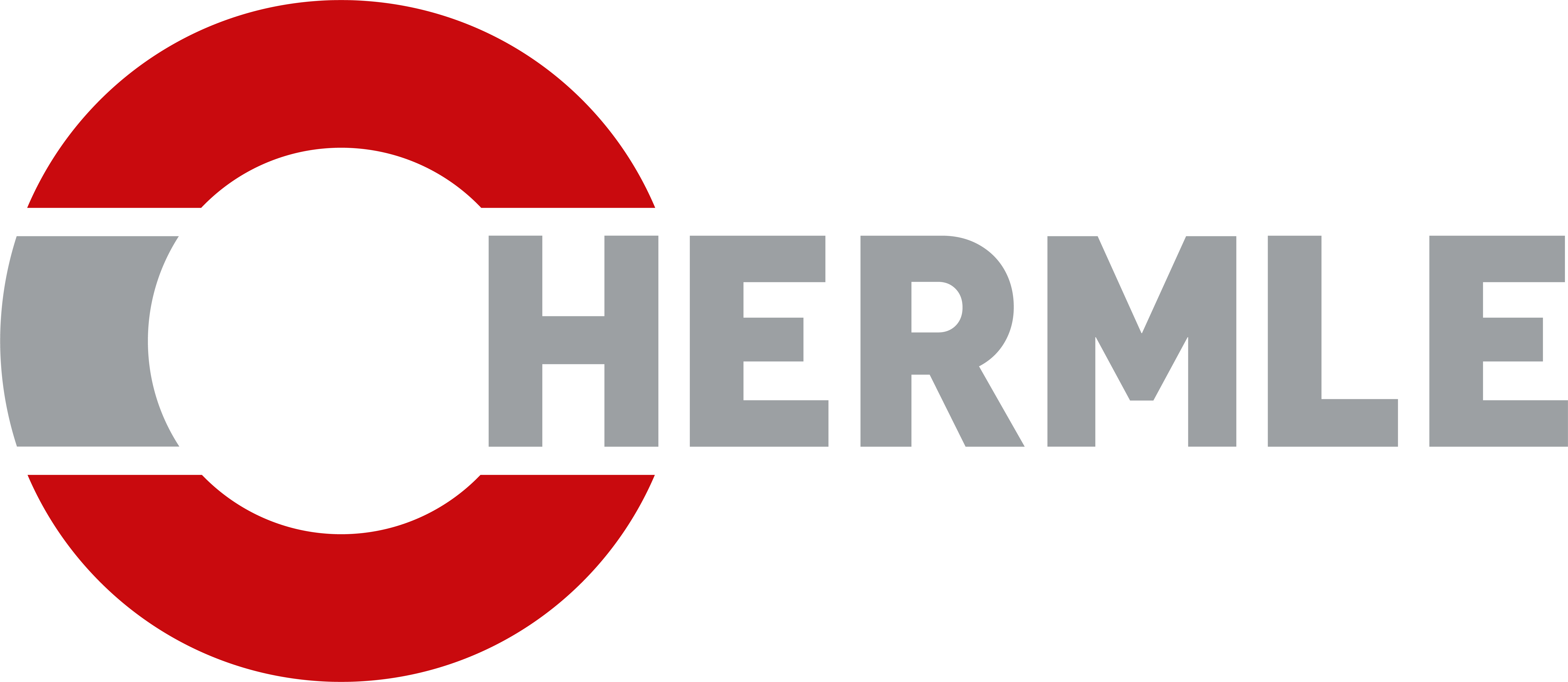Successful collaboration with a leading logistics company
amotIQ solutions supports mission-critical project
A leading company in the postal and parcel logistics sector faced a unique challenge: a sudden surge in order volumes led to a wide array of new and time-sensitive IT requirements – all while qualified personnel were in short supply. One project in particular stood in the spotlight: HASCI (Hand Scanner Integration), classified as a mission-critical system. To ensure success, the company brought in amotIQ solutions GmbH for expert support.
The Challenge: A business-critical IT system under pressure
The HASCI project is one of the few IT systems within the company designated as mission-critical. It plays a key role in daily logistics operations – with approximately 100,000 hand scanners fully integrated into day-to-day workflows. These devices are essential for timely services, accurate documentation, and billing processes. Even minor downtimes can lead to major operational disruptions and jeopardize service level commitments. The high degree of management attention and near-zero tolerance for errors placed significant demands on expertise, resilience, and the quality of services provided. Internally, the company lacked the necessary resources to meet the rapidly growing demands.
The Objectives: Efficiency and error-free operations
The company had clear goals: to significantly increase efficiency, reduce system errors, and take over release train management as a line function. Additionally, continuous identification and implementation of optimization opportunities were required. Meeting these complex requirements called for an experienced and agile partner who could collaborate on equal footing with the internal team.
The Solution: Professional support from amotIQ solutions
amotIQ solutions brought extensive experience and technical expertise to the table – already demonstrated in previous collaborations with the company. To bridge the staffing gap, experienced experts familiar with the customer’s systems were integrated directly into the project. After a brief onboarding and trial period, the team quickly gained a deep understanding of internal processes and began taking over key project management responsibilities.
What began as temporary project support quickly evolved into an ongoing engagement. Still, amotIQ solutions remains committed to helping clients build their own internal know-how. External support is only provided when internal resources are unavailable – in line with the company’s philosophy of sustainable solutions without fostering long-term dependency.
Implementation: Seamless integration and close collaboration
A key factor in the project’s success was the seamless integration of amotIQ solutions’ experts into the internal project team. They were not perceived as external consultants but as fully-fledged team members. This close collaboration enabled targeted delivery within time, budget, and functional scope.
Regular alignment meetings and open communication with both the business and technical leads ensured precise and efficient implementation of requirements. This approach also allowed for continuous improvements during the project phase.
Results: Tangible efficiency gains and high customer satisfaction
The collaboration yielded immediate positive results: the HASCI project requirements were met on schedule, within the planned budget, and with the desired functionality. This led to a significant increase in efficiency and a high level of customer satisfaction.
Thanks to flexible, needs-based support, release management was successfully executed, and critical tasks were handled smoothly. At the same time, amotIQ solutions contributed to a long-term reduction in system errors.
Outlook: A long-term partnership
Following the successful course of the project, the collaboration was further expanded. Additional specialists have since been brought in to support other areas of the business. The trusted relationship has evolved into a long-term partnership, tailored to the needs of a dynamic, growth-oriented organization.
Conclusion: amotIQ solutions as a reliable partner
amotIQ solutions’ work on this project demonstrates the value of a flexible and experienced partner during critical project phases. By providing targeted support through qualified experts, amotIQ solutions significantly enhances efficiency and minimizes errors. As a fully integrated part of the team, the company not only contributes to project success but also lays the groundwork for sustainable process optimization – today and in the future.






